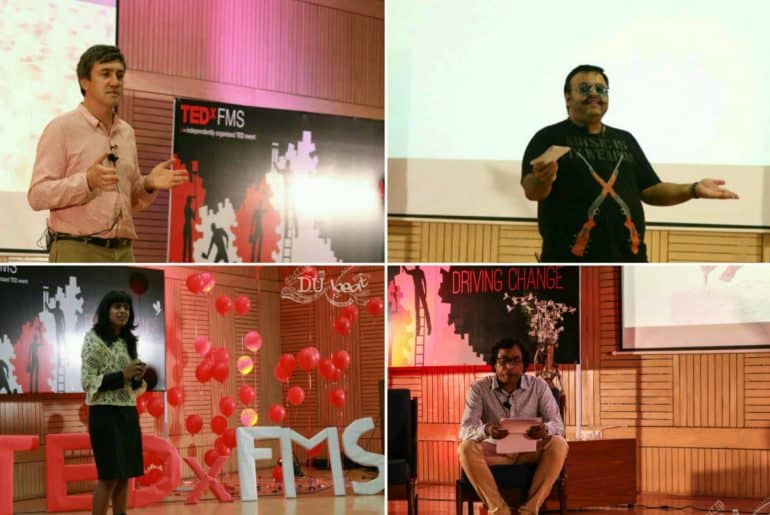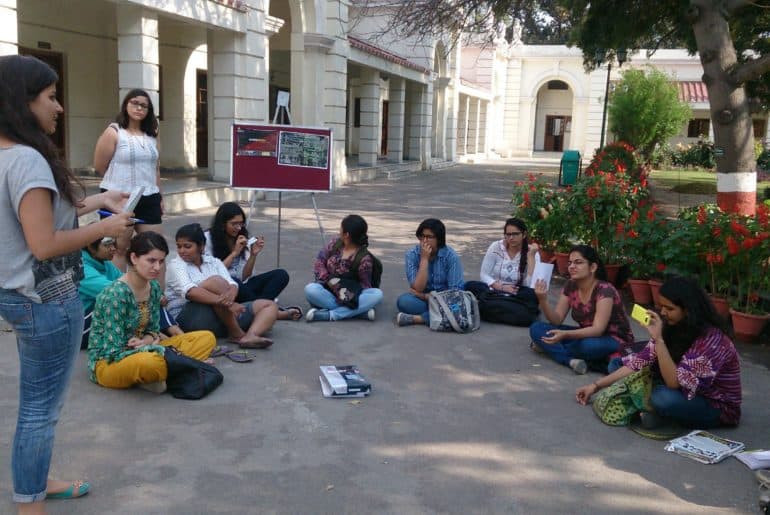RATING: 3/5
CAST: Patrick Wilson, Vera Farmiga, Frances O’Conner and Madison Wolfe.
DIRECTOR: James Wan
As I sat immersed in the joy of having bought the perfect seats for the first-day-first-show of the most awaited horror movie of the year, I was all set to enjoy the experience with my nachos and coke, and a perfectly good company of my friend, who despite having never watched a horror movie in a hall before promised me of her complete ineffectiveness to them. Ah well, only time could tell!
Being a complete horror movie buff (a loyal one of Hollywood) what really fascinates me is the way they get your adrenaline pumping and provoke a response, either physical or psychological, so strong that they instantly make you react with fear. So was The Conjuring 2 successful in doing so? Pretty much!
Contrary to the popular belief, a sequel doesn’t always have to be worse than the first one. What I learnt through James Wan’s amazing direction in The Conjuring 2 and his remarkable skills of turning illusory into reality, is that while the sequel couldn’t really turn out to be better than the original, he did, in fact, manage to continue the saga in an equally terrifying and remarkable manner.
Set in the decade of the late 1970’s, a major portion of the film takes place in the Enfield town of London, England where a single mother of four young children is found troubled by a series of supernatural occurrences in their house and is compelled to call for assistance to those specializing in the field of paranormal activity research. Here’s when the dynamic duo of demonologists, Ed (Patrick Wilson) and Lorraine Warren (Vera Farmiga) enter in the picture as they sweep us all away with their incredible chemistry and brilliant performances one after another. Despite Lorraine’s irrefutable decision to avoid solving anymore cases, especially after considering her recurring visions of Ed’s death and sinister creatures as unavoidable signs of danger, she is however, successfully convinced by Ed to fulfill the purpose for which they believed to have been brought together by God, and thus head for London to help the Hodgson family.
The retro English setting allows the director to play with different gothic, spine chilling styles of the era in recalling one of the most controversial paranormal activities of the time and thus, basing the movie on the true story of Enfield Poltergeist- where an 11 year old girl, Janet Hodgson (Madison Wolfe) was known to come under the possession of the spirit of an old man named Bill Winkins, a former resident of the house in which they currently lived. The role of Peggy Hodgson is pulled off quite smoothly by Frances O’Conner who not only portrays the concerned and lovable side of a hardworking, single mother but also of an extremely brave woman, propelled with enough courage to do whatever it takes to protect her children from the barriers of suspicion or danger.
Labeled as the “Amityville Horror of England”, the whole town begins to view it either as a haunted house or a family’s clever form of hoax to receive grants from the government. Madison Wolfe in her attempt to play the character of Janet Hodgson switches from an innocent, clueless child ruled by the constant fears of her surroundings to a wicked, self absorbed demon so effortlessly that one is compelled to remain fixated on her irrespective of the predictability of a few scenes. Her powerful acting is what makes the entire plot so much more believable, thereby proving that nobody else could have done better justice to this role than her.
As the story unfolds, not only is the spirit of Bill Winkins successful in terrifying all the members of the family (and everyone around me, including my friend) through shaking beds, moving objects and crashing doors, it soon gets followed by Janet’s unfortunate demonic possession as well. While a few clips such as that of flipping television channels or the self moving fire engine toy at night becomes absolutely unnecessary in a sequence which is already well aware of a demonic presence in the house, what really does manage to overpower them is Janet’s sudden teleportation across her unsafe home as soon as she closes her eyes and her alarming levitations sending chills down our spine. The special effects and cinematography of the segments were so well constructed and effective that they even aroused a fear in me to prevent shutting my own eyes for the first few nights, only to be awaken in a completely different and unnatural setting with no assurance of returning back.
Despite the movie’s storyline being focused on the role of Bill Winkins in hurting the Hodgson family, his ghoulish voice and laughter alone was nowhere powerful enough to frighten us and neither did the silly appearance of ‘The Crooked Man’ hold any useful relevance. The most ominous and horrifying element of the movie though was something much more inhuman and unforgettable than the rest, and this was an addition of the ‘Demon Nun’ who’s mere sight in Lorraine’s recurring visions and in the second half of the movie emerged grotesque and sinister enough to easily make us lose our grip on ourselves and frighten us to death.
The sound direction also remained quite impressive throughout the movie and powerfully complimented the eerie atmosphere wherever needed. With the most suspenseful and stunning end to the story, leaving us both happy and satisfied, this movie of 134 minutes despite being dragged at some parts in the first half, gladly repays it with its own share of light hearted moments such as that of Lorraine’s beautiful reminiscence of having found Ed- the only one who believed in her more than anyone else, Ed’s playful guitar session on Elvis Presley’s Can’t Help Falling In Love with all the children gathered around him, to reinforce their love for each other and the overall journey of having an irrevocable faith and trust on everyone you love.
Thus, what seemed like an exceptionally good blend of both, fine horror creeping us out more than just once or twice and the parting of lips into smiles during several intervals between wide-eyed alarming reactions of fear makes you stay glued to the screen all throughout the movie, as it certainly did with me and my friend who now longs to watch such movies more often, even at the price of being unable to sleep at night. So, watch it if you’re a horror fan or those wishing to experience a little thrill in life as this sequel is more than just praiseworthy- it’s Scream-worthy!
Image Credits: www.lensmenreviews.com
Shagun Marwah
[email protected]


















